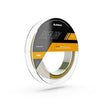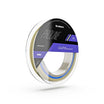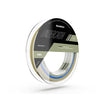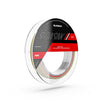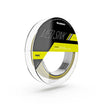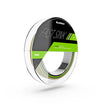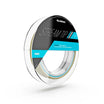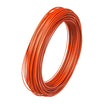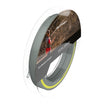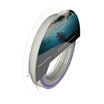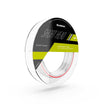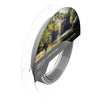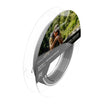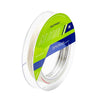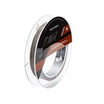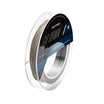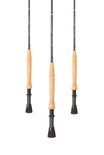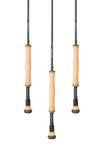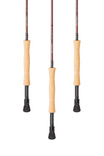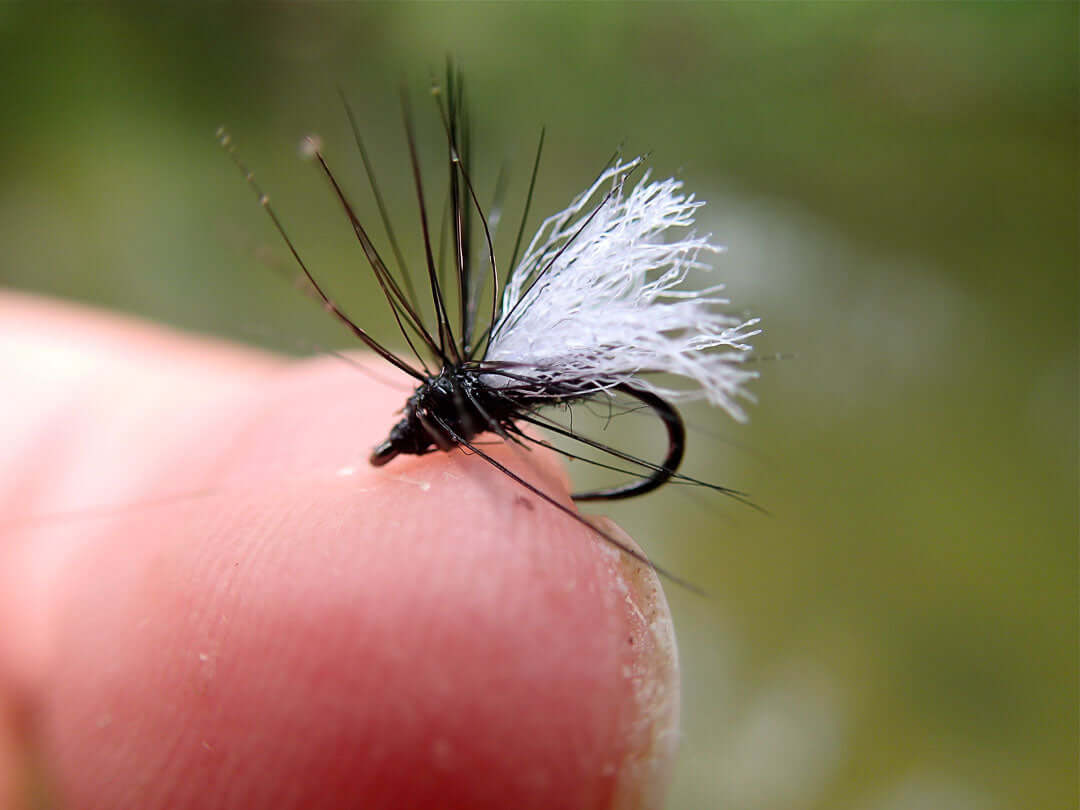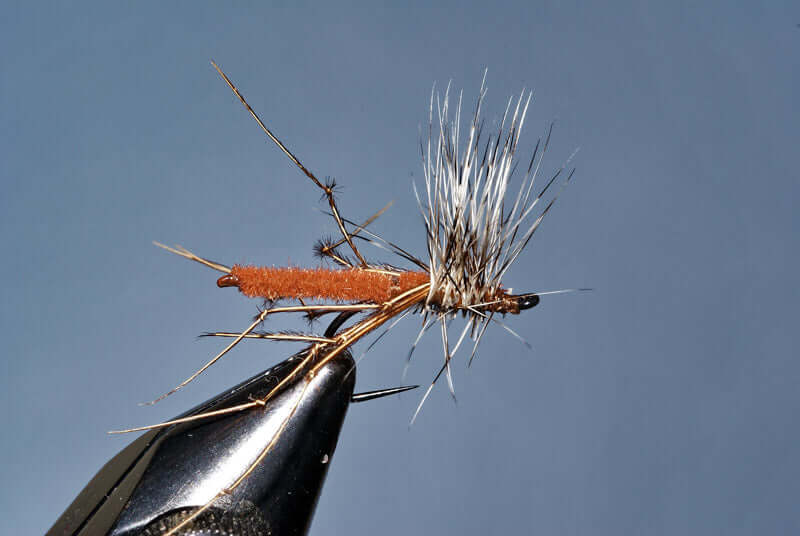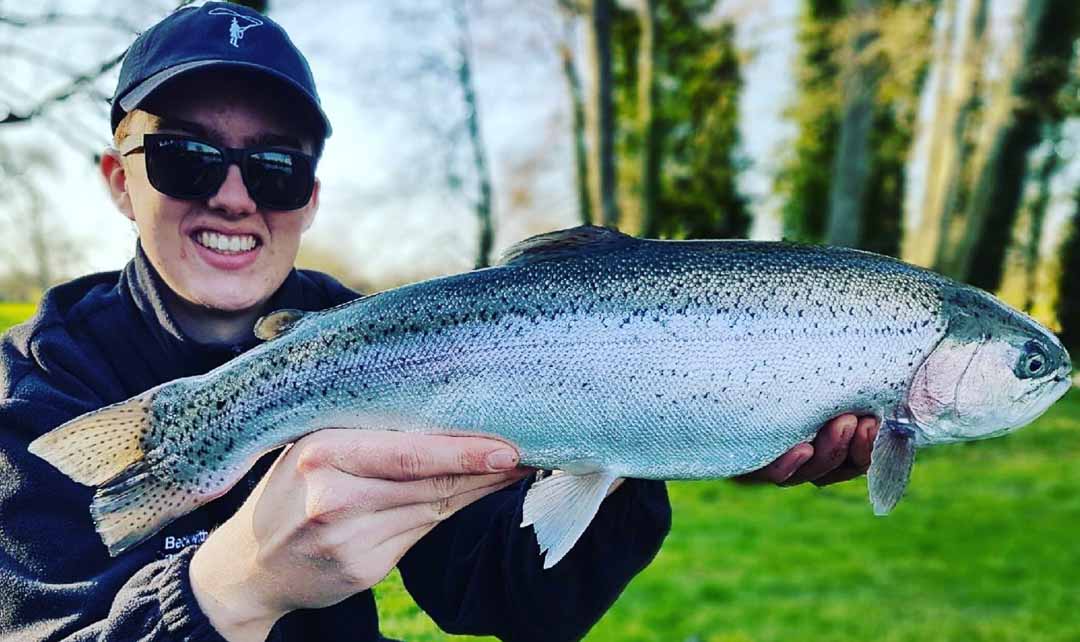Scritto da Dave Southall
Utilizzo di moscerini neri per la trota che si nutre di mosche ballerine
Le mosche da ballo sono mosche a due ali (Ordine - Ditteri e membri della Famiglia - Empididae). Ci sono molte specie, alcune delle quali sciamano in gran numero sull'acqua in cerca della loro preda. È il loro volo un po' irregolare, danzante, che dà loro il nome comune. Il loro altro nome comune è Dagger Flies perché hanno una proboscide lunga, ricurva e affilata con cui nutrirsi delle loro prede (altre mosche), che spesso le prendono dalla superficie dell'acqua. I maschi offrono una preda catturata alla femmina durante il corteggiamento. Le dimensioni vanno da 5 a 15 mm (per lo più circa 7 mm di lunghezza) e il colore varia dal giallo al nero (principalmente marrone scuro e nero). Hanno un addome sottile, un torace grasso e una testa piccola.
Aspettatevi di vedere un buon numero di loro "ballare" in luoghi soleggiati e riparati da qualsiasi forte vento in qualsiasi momento durante l'estate. Trovo che un Black Gnat di taglia 18 funzioni bene come qualsiasi altra mosca quando le trote subiscono le vittime occasionali che si spostano sotto uno sciame di caccia/accoppiamento o quelle che sono nell'atto di catturare una preda dalla superficie del fiume (I' ho visto anche piccole trote saltare per prenderle in volo).

Danza Mosche che sciamano in un luogo soleggiato e riparato

Trota che ha ceduto a un moscerino nero mentre si nutriva di mosche ballerine

Taglia 18 Black Gnat / Dance Fly
Amo: taglia 18 per mosche secche
Discussione: nero 8/0
Corpo: bel doppiaggio sintetico nero o marrone scuro
Ala: filato di poliestere bianco
Hackle: gallo nero tagliato in basso (e tagliato in alto se si desidera un'ala più visibile durante la pesca)



